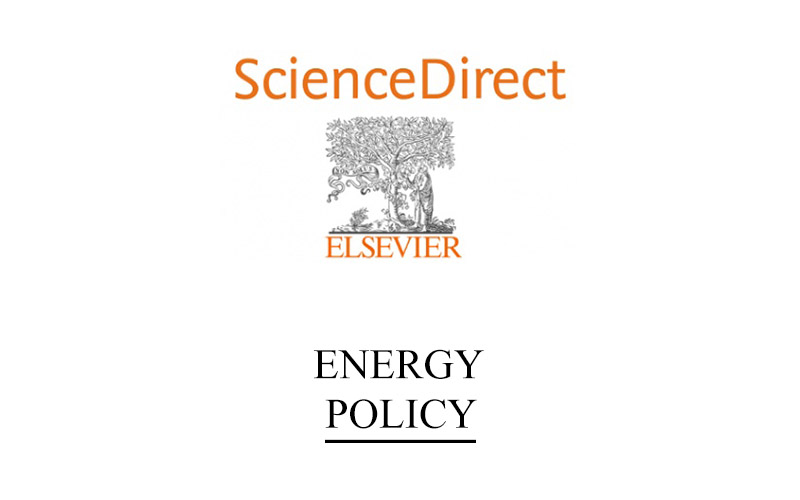
Analysis of energy, CO2 emissions and economy of the technological migration for clean cooking in Ecuador
ELSEVIER, Energy Policy, vol. 107, pag. 182-187, August 2017
Authors: J.Martínez a,b ; Jaime Martí-Herrero a,b,c ; S.Villacís a ; A.J.Riofrio a ; D.Vaca a
a Instituto Nacional de Eficiencia Energética y Energías Renovables – INER. Dirección: Av. 6 de diciembre N33-32 e Ignacio Bossano, Edificio Torre Bossano, 2do. Piso Quito, Ecuador
b Universidad Internacional SEK Ecuador, Quito EC170134, Quito, Ecuador
c Centre Internacional de Mètodes Numèrics en Enginyeria (CIMNE), Building Energy and Environment Group, Edifici GAIA (TR14), C/Rambla Sant Nebridi 22, 08222 Terrassa, Barcelona, Spain
Abstract:
The objective of this study is to analyze the CO2 emissions and economic impacts of the implementation of the National Efficient Cooking Program (NECP) in Ecuador, which aims to migrate the population from Liquefied Petroleum Gas (LPG)-based stoves to electric induction stoves. This program is rooted in the current effort to change Ecuador’s energy balance, with hydroelectric power expected to generate 83.61% of national electricity by 2022, ending the need for subsidized LPG. For this analysis, the 2014 baseline situation has been compared with two future scenarios for 2022: a business-as-usual scenario and an NECP-success scenario. This study demonstrates the viability of migration from imported fossil fuels to locally-produced renewable energy as the basis for an efficient cooking facility. The new policies scenario would save US$ 1.162 billion in annual government expenditure on cooking subsidies, and reducing CO2 emissions associated to energy for cooking in 1.8 tCO2/y.
Highlights:
- Ecuador is implementing the National Efficient Cooking Program (NECP).
- Ecuador aims to migrate from subsidized LPG cooking fuel to induction cookstoves.
- CO2 emissions and economic impacts of technological migration have been analyzed.
- Business as usual and new policy scenarios for 2022 have been evaluated.
- The NECP is economically advantageous for both consumers and the government.































